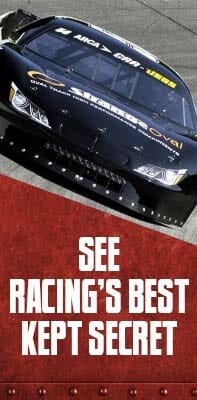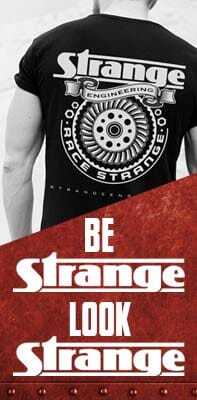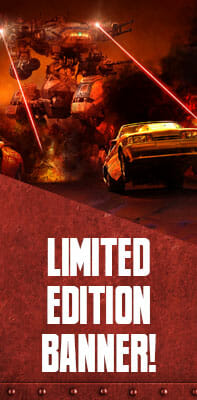STRANGE BRAKE KITS ARE DESIGNED SPECIFICALLY FOR DRAG RACING
Heat dissipation is insufficient for other uses Pro Series Heavy Duty Brake Kit
Example – B1700WCThis kit comes with 11.250″ one piece forged slotted steel rotors (B2792 / B2793), four piston aluminum calipers with choice of pads (B1850 / B1855), one piece billet aluminum caliper mounts, mounting hardware, and housing end stud & nut kit. The one piece rotor and one piece caliper mount eliminate the need to periodically check bolt torque common to two piece designs. This kit will satisfy the needs for most racers except for a few exceptions. Those that exceed 160 MPH and don’t pull a chute place an excessive heat demand on rotors and should consider either the Pro Series II or Pro Series II Stainless Steel kit. There are some needing extra clamping force on the starting such as vehicles with automatics that can’t use a trans brake or turbo charged cars. They will usually choose one of our Dual Brake kits to double the clamping force so they can load-up their converters. Still others may use a dual kit to quickly scrub off MPH on the top end to keep from breaking out.
Pro Series II Heavy Duty Brake KitExample – B1700WC2This has all the components mentioned above with the exception of the rotors. This kit features our two piece floating rotor design (B2794L / B2794R). The hat section is billet aluminum with an external lug design. The slotted steel rotor has mating internal lugs and retained by a outer ring. This allows the rotor to expand and contract independently as temperatures elevate during heavy braking, significantly reducing the tendency for rotor cupping. This might be a consideration for those that generate a lot heat due to weight or high MPH. For maximum rotor life, you may consider our Pro Series II Stainless Steel Brake kit.
Pro Series II Stainless Steel Heavy Duty Brake KitExample – B1700WC2SThis has all the components mentioned above with the exceptions of rotor material and caliper design. This premium stainless steel material was chosen due to it’s ability to maintain it’s shape under very high temperatures and provides significant rotor life expectancy while insuring consistent braking you can count on. (B2794LS / B2794RS) The calipers are upgraded to billet aluminum and all four pistons are 1 3/4″ stainless steel. This increases body stiffness and elevates pressure applied to the brake pads. It also eliminates any spongy pedal feel to the brake pedal due to caliper deflection. These are available in different pad compounds and caliper colors (B1950 / B1950-RD / B1955 / B1955-RD)
Dual Caliper Heavy Duty Brake KitExamples – B1700WCD / B1700WCD2 / B1700WCD2SSame as the kits described in their respective classifications above, but with mounts that each hold a pair of calipers and four calipers with choice of pads. The most common reason is to double the clamping force holding the vehicle on the starting line to load converters. Used mainly for turbo cars or those in classes where trans brakes are not allowed. Index classes may choose this kit to scrub off MPH on the top end to keep from breaking out. This kit can be exceptionally hard on rotors since they loose more time the surface area exposed to the cooling air. Rotor cupping or warpage can occur in heavy or high MPH vehicles. Some may consider the Pro Series II or Pro Series II Stainless steel kit for this reason.
Pro Series Carbon Brake KitExample – C18004UCThe carbon material used in this kit has been tested in many applications to ensure consistent and safe braking under the most extreme conditions. The hat section is billet aluminum with an external lug design. The carbon rotor is 11″ in diameter with internal lugs that mate to hub and held in place with a retaining ring. The aluminum hub will expand as temperatures increase, but not the carbon rotor. The difference in expansion rates make the lug design necessary for this application. The kit includes brake pads made from the same carbon material, billet aluminum calipers, and mounting hardware. The calipers feature insulated pistons to keep the high temperatures away from the brake fluid and eliminate heat shields which can warp and cause excessive pedal travel. Advantages include maximum weight reduction and braking performance. Rotors will never warp and braking become more aggressive as temperatures increase. Carbon brakes, when they are cold, do offer the same holding ability on the starting line as steel brakes. For loading torque converters, a steel brake kit would be preferable.



